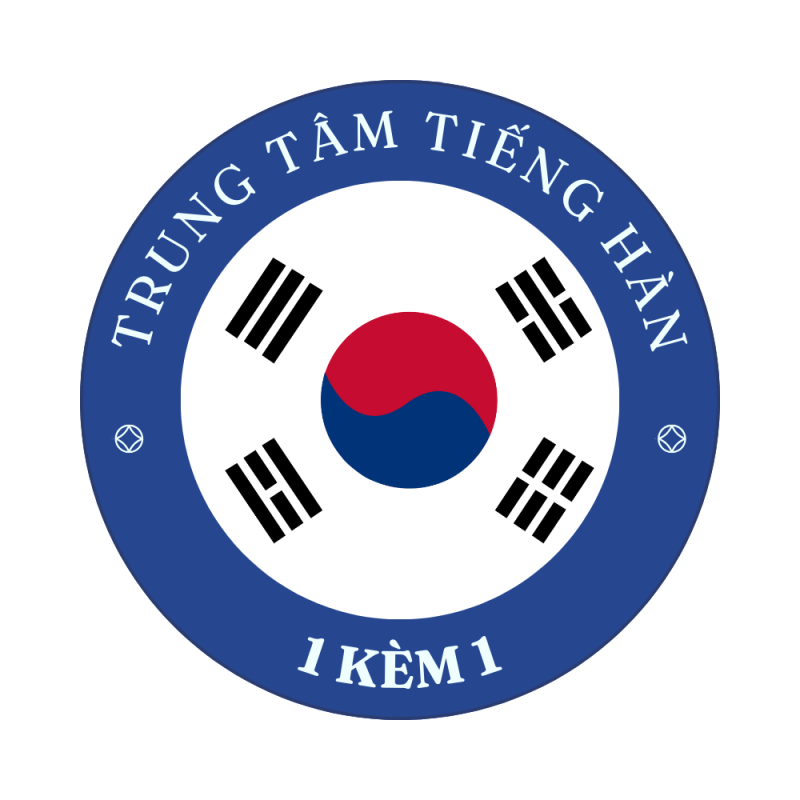##Industry Landscape##
### #Present Industry Metrics#
The European automotive parts sector currently generates €359.4 billion annually, experiencing a compound annual decrease of 4% since 2019[2][9]. This contraction contrasts with 250+ branch networks maintained by major distributors like Euro Car Parts[1][7][15]. Workforce metrics indicate 2m industry professionals sustain operations across manufacturing and distribution channels[2][9]. https://carparteu.com/
### #EV Transition Effects#
Accelerated adoption of plug-in electric cars drives double-digit increases in battery components demand, offsetting declining internal combustion engine parts[2][5]. The EU’s zero-emission vehicle mandate threatens quarterly market shrinkage for traditional drivetrain suppliers[2][5].
##Regulatory Framework##
### #Vehicle Certification Protocols#
EU Directive 2007/46/EC enforces whole-vehicle homologation through ECE certifications covering 1,824 component categories[3][10][14]. KBA-approved testing facilities validate emission thresholds using UN R155 cybersecurity standards[14][10].
### #Aftermarket Liberalization#
The 2024 EU Design Regulation dismantles manufacturer exclusivity for headlamps, generating projected consumer cost reductions through independent workshop empowerment[5]. Transition periods vary: 8-year phaseouts across member states based on prior regulatory frameworks[5].
##Supply Chain Architecture##
### #Key Market Players#
ALVADI dominate cross-border logistics with 20,000 daily searches across 28 EU markets, leveraging in-house fleets for hourly workshop replenishment[4][8][11][13]. EUROPART specialize in truck trailer parts, maintaining €200M inventories[12][13].
### #Quality Assurance Protocols#
E-Mark certification ensure safety compliance through RSA-2048 encryption of LED lighting systems[6][14]. GSF Car Parts enforce 12-month warranties on remanufactured transmissions[1][15].
##Innovation Frontiers##
### #E-Commerce Transformation#
Platforms like ALVADI.COM utilize AI recommendation engines achieving 5 million monthly queries, integrated with IoT inventory systems[8][12][15]. FEBEST deploy QR code traceability across 100,000+ OE references[4][11].
### #Additive Manufacturing#
Aftermarket suppliers pilot digital warehousing for vintage vehicle parts, reducing storage costs by 43% through distributed manufacturing networks[9][13].
##Sector Pressures##
### #Profitability Stress#
Intensifying competition from Eastern European manufacturers forces 17% price reductions among German suppliers[9][10]. GSF counter with click-and-collect networks offering 30-minute fulfillment[1][15].
### #Skills Shortage#
The EV diagnostic requirements creates 38,000 unfilled positions, prompting upskilling partnerships with FE colleges[12][15].
##2030 Outlook##
### #Circular Economy Models#
Remanufactured assemblies target 55% market penetration through EU End-of-Life Vehicle Directive incentives[5][9]. Battery recycling plants centers emerge near urban hubs[2][14].
### #Autonomous Vehicle Readiness#
LiDAR calibration kits require ISO 26262 updates, driving OEM-Tier 1 collaborations across Stuttgart[10][14].
##Synthesis#
#The EU automotive parts sector maneuvers through dual disruption from right-to-repair policies. Market survivors will balance compliance rigor with digital agility. As ICE phaseouts accelerate, strategic pivots toward EV service ecosystems separate winners from legacy providers[2][5][9][14].#
